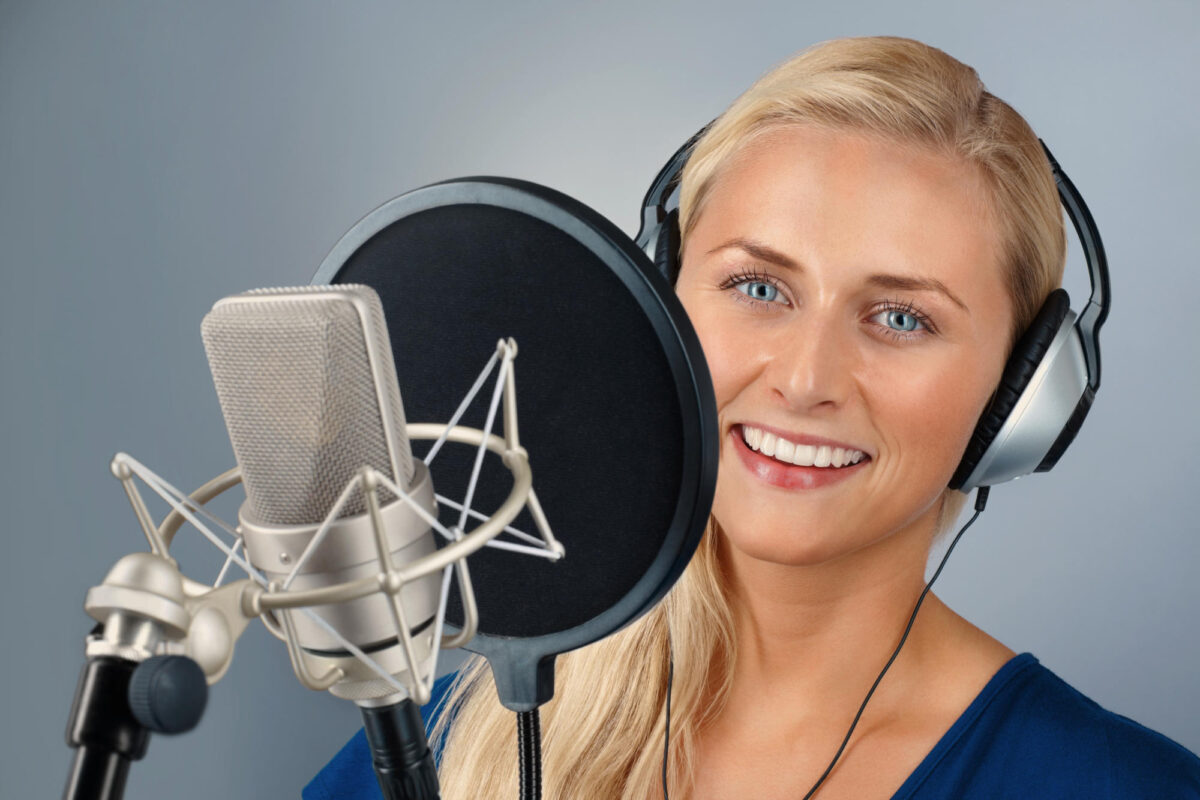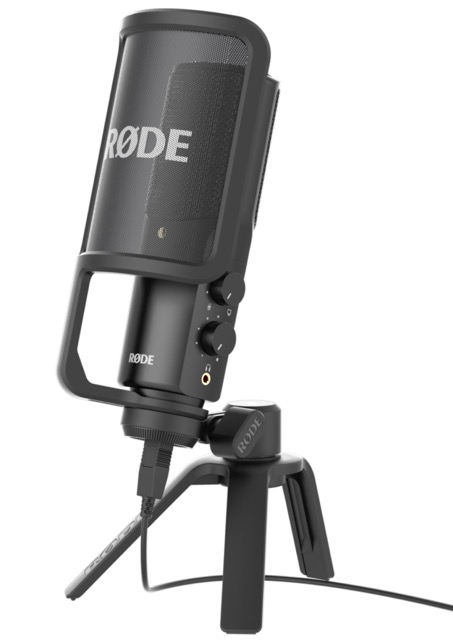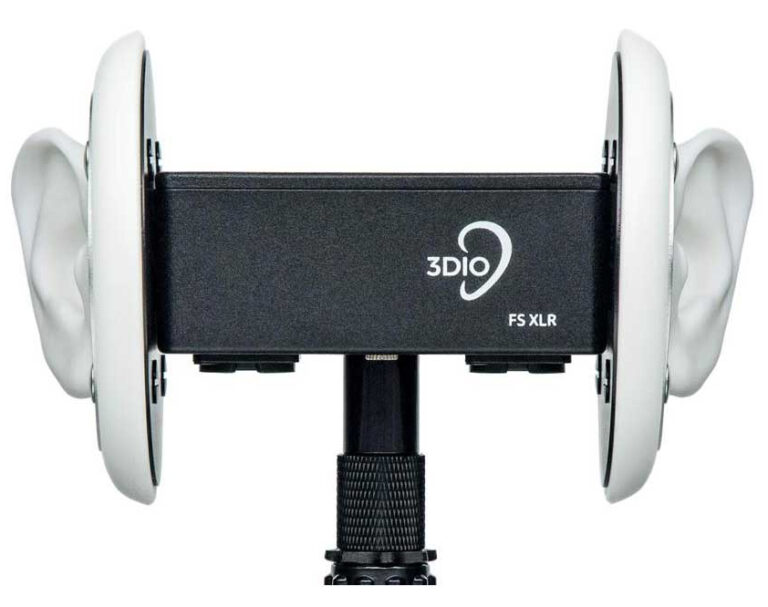

Enlightened Audio Education
Lesson 15
Choosing the right microphone for meditation and hypnosis vocal recordings
The following recommendations are primarily aimed at people who wish to record narration for a meditation or hypnosis recording and blend it with background music. This is not a guide for those who need a microphone to record musical instruments.
The right type of microphone
If you are a bit of a newcomer to recording, then the type of microphone I recommend is a “large diaphragm condenser microphone” that connects to your computer via USB.
Alternative types of microphone like “dynamic microphones” and “ribbon microphones” are less suitable for voiceover recordings in most situations.
These technical terms are likely to be unfamiliar, but don’t let them worry you. They simply refer to the way the microphone is constructed. Just as there are different types of engines in cars: petrol, diesel and hybrid engines for example, there are different types of microphone constructions too.

What to spend on a microphone?
You will notice that in the microphone list below I have not mentioned any microphones above $300 in value. There’s a good reason for this.
Microphones can be bought for as little as $10, and as much as $10,000 or more. Just like other electronic devices such as cameras, phones and hi-fi equipment, there are always cheap and nasty options at one end, and stratospherically pricey options at the other. The trick is to find the right balance between cost and quality.
When it comes to microphones, just like speakers and headphones, you get what you pay for…to a degree. Like many things in life, there is a point of diminishing returns – a point where more money spent yields only fractional improvements in quality – improvements that most people other than well trained experts simply can’t appreciate.
Here’s my general advice for newcomers to recording…
Do not buy a new microphone for much less than $100 USD. Sound quality will begin to suffer with microphones below this price point, so forget about using built-in computer microphones or podcasting headsets. Most of them simply won’t give you a professional sound.
Your microphone is the single most important piece of hardware in your recording setup. It’s worth investing in. There are loads of great microphones available between $100 and $300 that will give you a very professional result.
You can spend more than $300 if you like, but unless you have well trained ears and good listening equipment, it’s unlikely that you will be able to hear the subtle differences between a $300 microphone and a $1000 microphone.
This $100 – $300 bracket is just a guideline that will prevent you from underspending and ending up with junk, or overspending on equipment that is only marginally better than what you might have purchased for less.
Quick Tip: (for the budget conscious therapist)
If you are averse to investing in your own microphone, then consider borrowing one from a friend. Ask around. Chances are you already know someone who could lend you their microphone for long enough for you to complete one or more of your recordings.
Recommended microphones
This is by no means a complete list of suitable microphones, but it is a good cross section of popular microphones from reputable manufacturers. The microphones in this list are also commonly stocked by pro audio and musical instrument stores, so there’s a good chance that many of these microphones will be on the shelf at a store near you.
Please note that none of my recommendations are paid endorsements. In order to present you with unbiased information I do not accept payment in exchange for product promotions.
Budget USB Mics
If you absolutely have to keep your spend at or below $100, here are my recommendations:
- Rode NT-USB Mini USB Condenser Microphone
- Miktek ProCast MIO USB Microphone
- Samson Meteor Mic Desktop USB Studio Condenser Microphone
- Samson CO1U Pro Studio Condenser USB Microphone
Recommended USB Mics ($100 – $200)
The following list includes microphones that represent great value for money, are produced by reputable manufacturers with a long history in the recording industry, and have mostly positive reviews.
Best of all, at this slightly higher price point, some of these microphones come bundled with extra accessories such as pop filters and desktop mounts. Some even include headphones.
- Rode NT-USB Condenser Microphone
- Audio-Technica AT2020USB+PK Streaming/Podcasting Pack
- Audio-Technica ATR2500x-USB Cardioid Condenser USB Microphone
- Blue Microphones Yeti Studio Blackout USB Condenser Microphone
- IK Multimedia iRig Mic Studio USB Condenser Microphone
- Shure MV5 Digital Condenser Microphone Bundle
- Samson C01U Pro Podcasting Pack
- Beyerdynamic Fox USB Condenser Microphone
The Rode NT-USB is often my personal recommendation for people who want to create professional meditation or hypnosis recordings. Costing less than $200 USD, it’s a very well featured microphone that’s easy to use. I have plenty of Rode microphones in my collection, so I’m very comfortable recommending them. This handsome microphone comes with a tripod, microphone cable and windshield – all the accessories you’ll need to capture a great recording.
If you already own a computer and have installed one of the free recording programs I mentioned earlier, then this one single purchase will be all you need to start recording immediately.

A Rode NT-USB Microphone with table stand and pop filter. Image courtesy of Rode Microphones.
Higher priced USB Mics (over $200)
At this stage there is only one USB Microphone over $200 that I recommend to people recording voiceovers. There are other microphones available, but most of them include technical features and/or software that you won’t need.
Beyerdynamic Creator Pro – DT 770 Pro Headphones with Fox USB Microphone
Other microphone options
There are other types of microphones that can be used for creating voiceover recordings but are a second-choice option in most cases.
Lavalier microphones
Lavalier microphones (also known as a lapel mics, clip mics, collar mics or personal mics) are a small microphone commonly used for television, theatre, and public speaking applications in order to allow for hands-free operation.
If you have a good quality lavalier microphone, then you can certainly use it to create recordings. They can provide you with a good sound, but because they are clipped to your clothing, they are easy to accidentally rub or bump, which can ruin your recording. Lavalier microphones are a “convenience” microphone, but not the first choice for most voiceover artists.
Shotgun microphones
Commonly used in TV and film recording, shotgun microphones are long, thin microphones that must be pointed directly at a target sound for proper recording. One of the benefits of shotgun microphones is that they really help to reject unwanted background noises, focussing only on the sound that they are pointed at. I have a Rode NTG-3 shotgun microphone in my own collection and I love it. It captures a great quality vocal sound and is my go-to microphone when I’m outside. However, when I’m in my studio I almost always use large diaphragm condenser microphones.
Binaural microphones
Binaural microphones consist of a stereo set of two microphones that are often fitted inside artificial ears. ASMR artists and people who record nature sounds often use binaural microphones. Binaural microphones are fantastic for creating stereo recordings that capture a true-to-life sound that feels like it’s all around you. However, for most voiceover recordings a stereo microphone is not required. After all, you only have one mouth, so it’s mono! You will eventually mix your voice recording with stereo music, but your voice recording itself will be captured in mono.

A final tip for newbies
If you are an absolute newcomer to recording, then I’d like to make a gentle recommendation to you:
If you’re feeling uncertain, buy your microphone from a retail outlet if you can, rather than on the internet.
There’s a lot to gain from visiting a music store or professional audio shop and asking for help from a real person – someone who specialises in musical instruments and recording equipment. Avoid generic electronic stores, computer stores, hi-fi stores and supermarkets. Microphones are available in a lot of places nowadays, but unless you go to a store that is dedicated to musical instruments and recording, chances are you will not get a microphone that is suitable for your needs, and you won’t get help from staff who can tell you how to use it properly.
That’s the key here – availability of assistance. If you buy your microphone from a professional music store, then you can ask for detailed instructions on how to use it and you’ll get good advice from people who know what they are talking about. In my experience, the staff that work in musical instrument stores often have a passion for music and recording and they are more than happy to spend time with you, explaining the ins and outs of their various products. At your local electronics or hi-fi store, the staff have a general knowledge of computers, TVs, cameras, videos, gaming consoles and so on. Their knowledge is too wide ranging to properly account for microphones, which occupy a small technical niche that most non-musicians often know very little about.
Although the advice I’m providing to you in these lessons is quite comprehensive, nothing beats having a connection with a real human being that you can turn to for advice if you run into technical difficulties. That person may be able to provide you with specific problem-solving guidance that these lessons cannot.
So, if you feel that you could use a guiding hand, make a pilgrimage to your nearest pro-audio / musical instrument store and ask for assistance from a staff member. Tell them that you need a microphone for recording spoken word performances. Be sure to tell them what kind of computer you have too, and they will be able to ensure that you get the right cables and any other accessories necessary to properly connect your microphone to your computer.
Take my word for it – if you are brand new to recording and not particularly confident (or patient) with new technology, then this one tip may make your life a lot easier.




